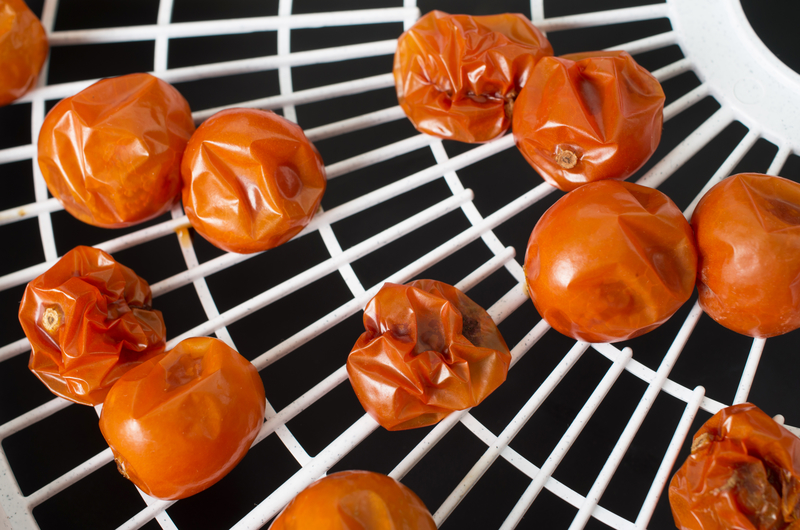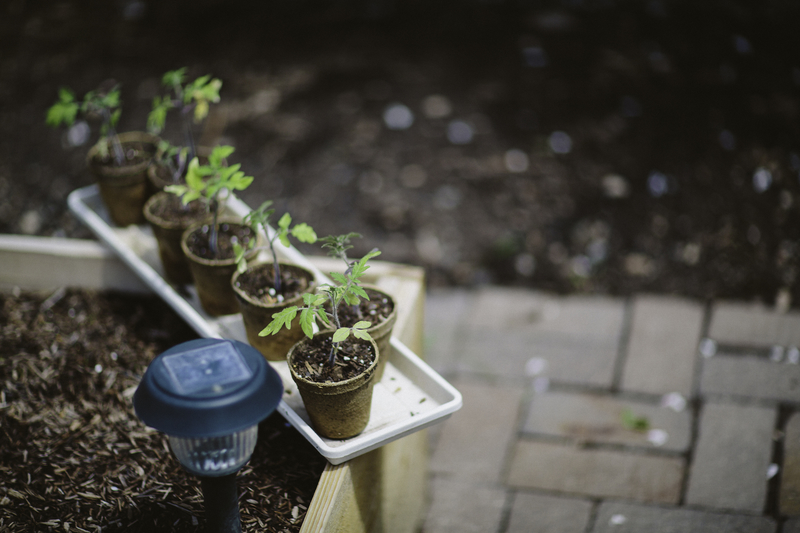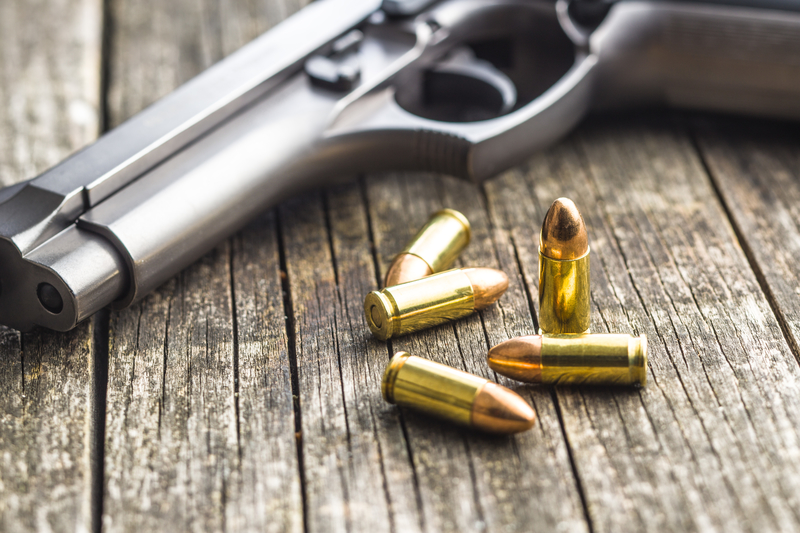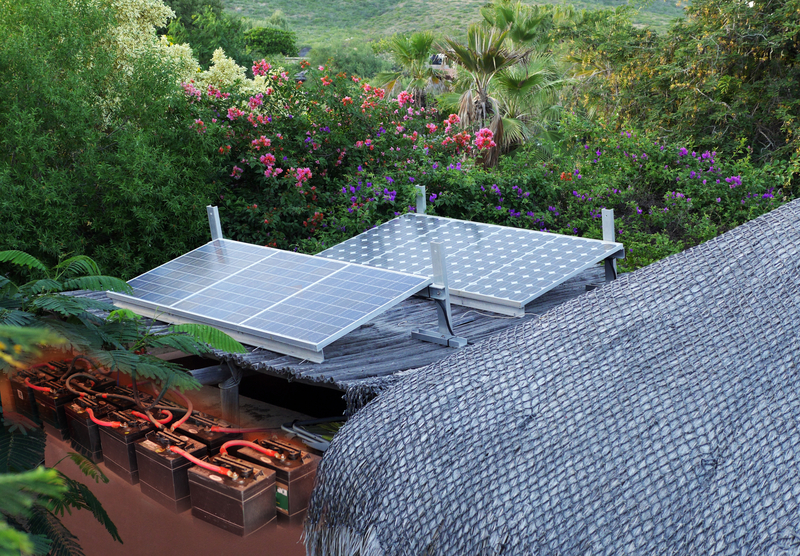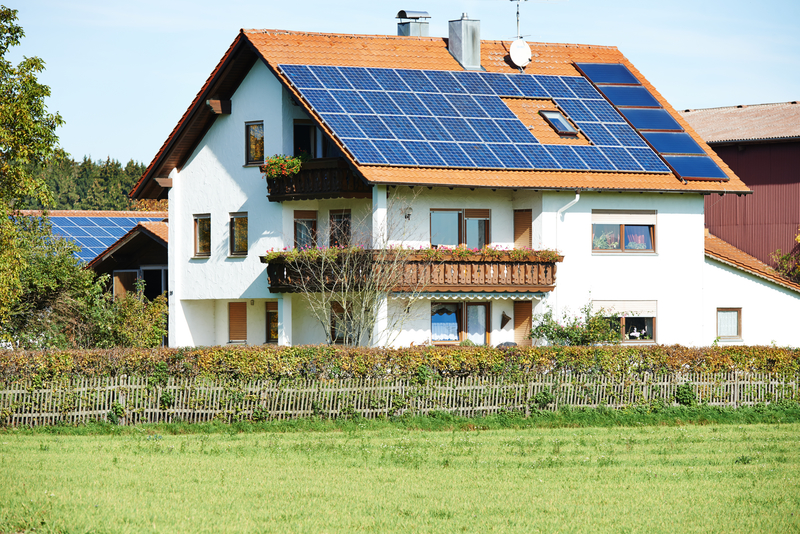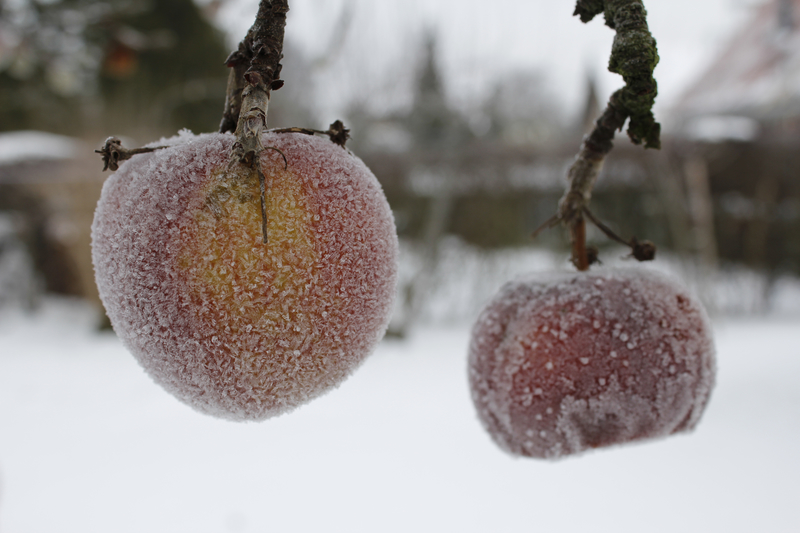Treating Your Homestead Wounds the EASY Way
As the name suggests, an open wound is an injury that has resulted in an opening in the skin. Minor versions are commonplace and can be treated at home with over the counter first aid products. Fundamental wound care is a useful skill to have in any situation. Keeping a First Aid Kit handy can … Read more


